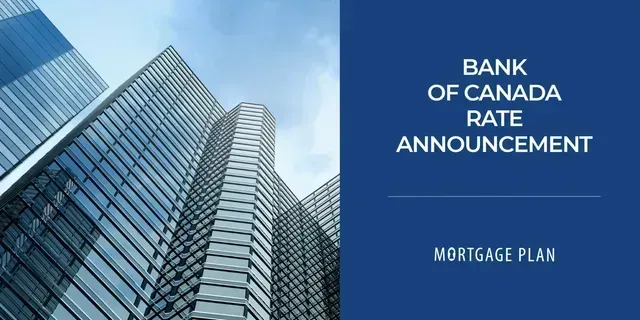A Short Guide to “Adultifying” Your Bedroom
We all arrive here at different times;
…the transition from young adulthood to adulthood; from “growing up” to “grown up”. Perhaps you’ve just moved from a university dorm into your first apartment; or perhaps you’ve just purchased your first home. Either way, it’s at this point that you should be embracing your newfound role someone who gets up before 10AM, drinks coffee or tea, goes to work, and sleeps in exclusively on Saturdays (and sometimes Sundays).
Part of this process includes transitioning the decor of your bedroom in order to reflect your newly established path. So, without further adieu, the following is a short guide to transforming your slightly juvenile bedroom into into one fit for a full grown adult! Because there really should be a difference between the look of your bedroom and that of your teenagers room!
Throw Pillows/The Duvet Effect
Nothing says “I’m an adult” like buying pillows for the express purpose of showcasing your bed; as opposed to buying them for one of their more “practical” uses, I.E- using them as padding while you sleep.
But seriously, throw pillows give any bedroom a touch of maturity. And at the end of the day, these showpieces are indeed useful for adding that extra bit of softness and comfort to any bed or couch. They’re also useful for pegging your spouse or children as they walk past your open bedroom door. Just don’t expect them to take it lying down; that is, unless the pillows that you’ve tossed are really comfortable!
Additionally, get rid of that old grimey bed cover, and replace it with a duvet; it’s ultra comfortable, and it says, “I may have lots to learn about being an adult, but at least I’m not sleeping with the blankets that I used in middle school”.
Matching Furniture
Never underestimate the power of a matching bed/night stand combination. This simple touch can pull together a living space like nobody’s business. Colors are obviously important here, but style is something to consider as well. If you can, work to make sure both of these factors are taken into consideration.
Neutral Colors
Bright, edgy colors exude boldness. They’re out there, and in small doses, they’re perfect. But too much bold is just that; too much. Sure, go ahead and accent your space with a splash of color (again, throw pillows work well, here); but be careful not to let your living space be taken over by a garbled rainbow of colors. Pick a scheme and stick with it.
Art in Moderation
There comes a time in every person’s life when he or she must take stock of that which is on display, on their bedroom walls. Certainly there was a time when more was better. When style or sequence didn’t matter; when, if you liked it (even a little) it went up there for everyone to see.
It’s time to rethink that strategy.
Again, accent your walls with a small selection of tasteful art; art that matches the newly established maturity of a person who has left childhood behind while embracing the joy of driving, voting, having a nice glass of wine, and having a family.
The Book Nook
As we age, it’s important for us to keep our minds sharp. Reading is obviously a great way to stay mentally nimble, and books are a great way to decorate any living space. Build or buy a small shelf, find a cozy chair, add a plush throw rug and away you go! By the way, no comics or picture books here, stay classy, novels only. Besides, if you collect comics, you probably already have an entire room dedicated to them, which is completely acceptable.
Honorable Mention: Keeping it all clean!
All of this is for not if you can’t keep your bedroom space clean. Take the time to do it right. For all you messy people out there, buy a hamper, use the hamper and (every now and again) empty the hamper into the washing machine. You’ll find that a clean living space is a much more desirable living space, both for you and for your guests.
Now, if you are looking to buy your first place, or you need to find a property more suited to your current situation (with a bedroom you can adultify), please contact us anytime , we can help you with a plan!
This article originally appeared in the DLC Newsletter for May 2016.
Share
RECENT POSTS









